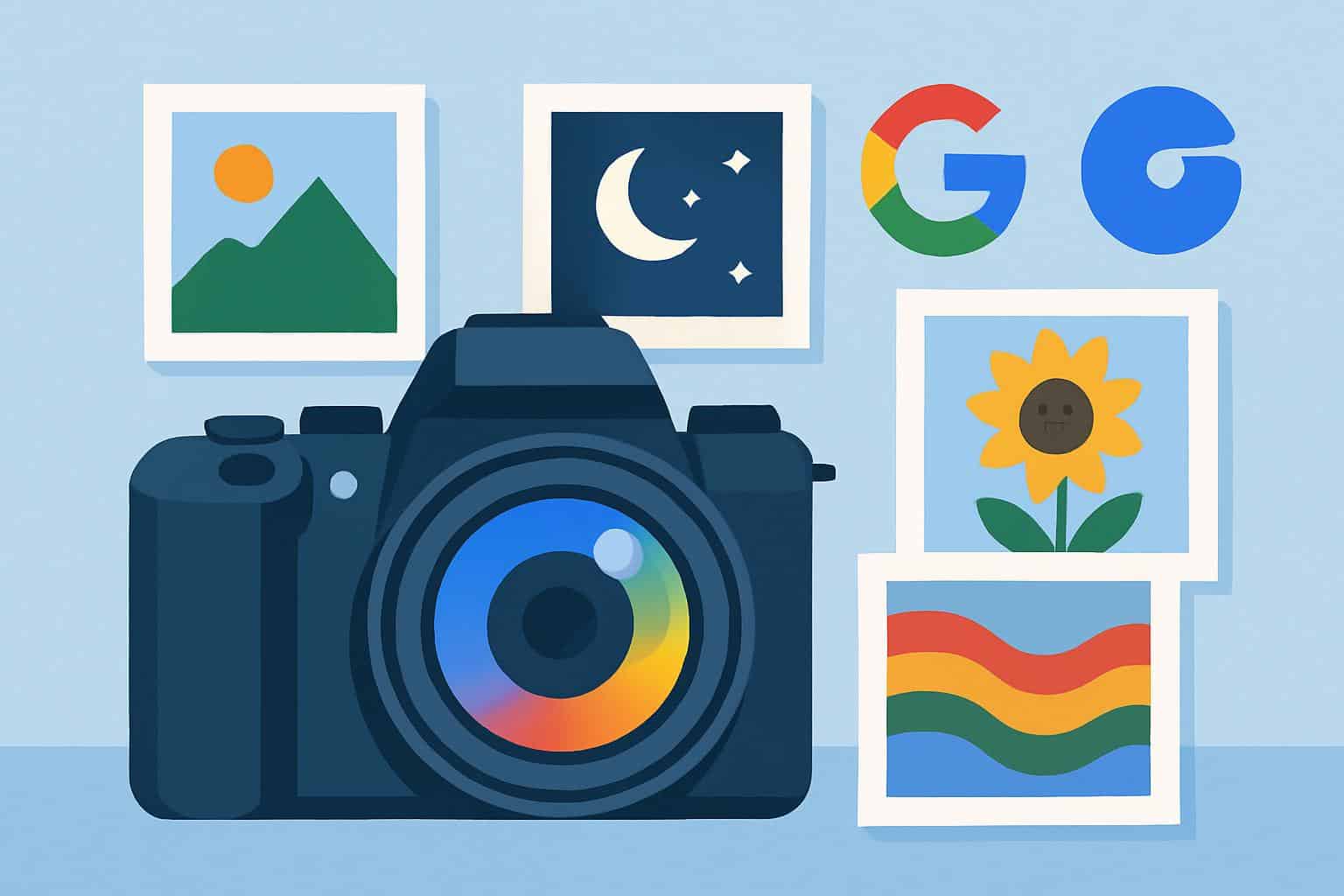Google’s Gemini models have also gotten increasingly good at understanding and adjusting images, progressing from applying basic effects to complex manipulation of composition, lighting, and style. If you want to see the system perform at its peak — and without sifting through the vague-at-best requests of “make it prettier!” — these five targeted prompts provide efficient creative work.
Two basics to keep in mind before you begin: be specific about visual intent (camera angle, mood, color, material, era) and refer back to the source image when fidelity is paramount.

Google DeepMind’s SynthID technology reaches toward watermarking, and Content Credentials contributed by the Content Authenticity Initiative aid with disclosure, but you should still play to the licensing rules and steer clear of impersonation or misuse of trademark.
Create a Custom Trading Card With a Photo
Here’s your quick hit for packaging personality, stats, and vibe into one shot. Gemini allows you to compose a card frame, typography, and iconography while ensuring your subject is the star of the design. The trick is to define things like categories, rarity tiers, and the visual motif so that the model knows what to prioritize.
Worst: “Make this portrait into a glossy trading card. Go with a neo‑cyberpunk style and holofoil texture. Throw a nameplate ‘Sky Runner,’ some rarity badge ‘Epic,’ and four stats with bars and numbers: Agility 92, Strategy 88, Luck 76, Stamina 84. Add a little flavor line on the bottom.”
Pro tip: If you’re riffing on sports, dictate the stat taxonomy ahead of time — “goals, assists, saves, minutes” — and ask Gemini to keep team colors and jersey details consistent across a suite.
Remix Your Pet Into Retro Pixel Art Sprites
Google has highlighted this concept on the company’s AI blog since it demonstrates Gemini’s aptitude at abstraction: It can keep identity while simplifying shapes and palettes. It’s also an excellent prompt for precision of resolution and palette constraints.
Try: “Make this dog as a 16-bit platformer character. Use a 64×64 sprite base, limit your palette to be very saturated SNES-era, and have a strong silhouette. Get an idle pose, a jump pose, and a little bone inventory pickup icon, too. Put the character on a repeating 2D grassland level tile.”
Pro tip: Specify pixel density and palette size (“32 colors max, no anti-aliasing”), then ask Gemini to 4× upscale the final sprite with crispy nearest-neighbor edges for posting.
Polishing a Headshot Without Losing Authenticity
Gemini can restlessly crop out distractions and more smoothly harmonize lighting, alternatives that are hardly cancerous tumor growths in the ethics of beauty enhancement — if you tell it what to leave alone. Think of AI as a retoucher, not a face generator.
Try: “Redo this headshot for LinkedIn. Preserve the structure of my facial features and skin. Even out the window light, add subtle catchlights to make the eyes pop. Remove stray hairs and small distractions; soften dark under-eye shadows. Set the color to neutral daylight white balance. Add Content Credentials metadata.”

Pro tip: If you’re using equipment that supports provenance (and there are several companies participating in the Content Authenticity Initiative), preserve the original EXIF data and ask for embedded credentials, so your employer or clients can see how this was edited.
Merge Two Photos For A Perfect Composite
It is in compositing that Gemini’s modality pays off: It can match perspective, shadow direction, and depth of field so elements feel as if they were occupying the same scene. Submit both images and describe the physical juxtaposition between them.
Try: “Combine these two photos. Place a hand holding a takeaway coffee in the lower-right foreground of this cityscape and 15 degrees toward the camera. Match side lighting in late afternoon, add in a soft contact shadow on the sleeve, even focus down to a sharp cup and medium-blur skyline. Blend color temperature to 5200K.”
Pro tip: Include lens cues — “35mm equivalent, f/2.8, slight barrel distortion” — so Gemini can simulate a realistic set of optics.
On the off chance your base photograph is wide, request motion blur or atmospheric haze to obscure edges.
Step into a cinematic world without IP trouble…
“Put me in the universe” edits are big with fans, but inputting a franchise name can elicit restrictions or give noisy results. You can still get the vibe across by citing references in terms of cinematography, wardrobe, and production design — no copyrights necessary.
Try: “Turn this portrait into an epic fantasy scene. Clothe me in hard-worn leather armor and brass hardware, with a slate blue cloak. Stick me on a windswept cliff at golden hour and add some volumetric light beams, misty mountains, and a faraway dragon silhouette in the sky. Use a high-contrast, filmic grade based on 1970s anamorphic lenses.”
Pro tip: Convert fan language to bland descriptors — “dieselpunk hangar,” “noir alley with sodium vapor glow,” “retro-futurist control room” — and Gemini will set the mood without cloning restricted designs.
If you’re going to share or monetize AI-assisted images, clearly label what they are, keep account of source rights, and know your platform’s policies. Guided by accurate prompts and ethical guardrails, Gemini is the source of truth you need to render that snapshot to a polished concept — no template fluff needed.

